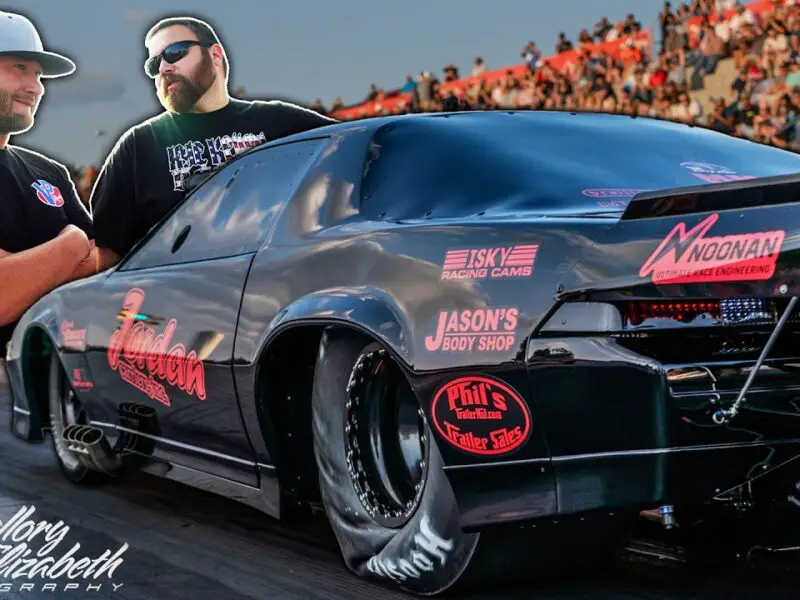Take a look at this, The OEM Weight Break Rule Modified on No Prep Kings Season 7!
As the No Prep Kings racing series entered its seventh season, a significant rule change concerning the OEM weight break sparked discussions and reshaped competitive strategies. This alteration, centered around engine weight allowances, not only influenced race outcomes but also highlighted the intricate balance of regulation and competition in motorsport. Here’s a deep dive into how these changes unfolded and what it meant for key players in the series.
The Genesis of the Rule Change
At the heart of this story was the season opener where racer Jim How unveiled a unique engine combination. According to the existing rules, this setup made him eligible for a 100-pound reduction from the base weight of his car. The weight advantage was significant enough to potentially tilt the competitive landscape in his favor. However, the buzz around his car’s capabilities and the fairness of the race led to a voluntary agreement with the new tech department, resulting in How running his car at the same weight as other top contenders, specifically the Hemi category weight of 2775 pounds.
The Impact on the Race
Even at the increased weight, Jim How’s performance was nothing short of dominant. He blazed past competitors with ease, demonstrating that his car was a formidable beast on the track. This dominance raised an important question: If Jim had utilized the full 100-pound weight break, would anyone have been able to challenge him? The scenario underscored the potential implications of the weight rule and its influence on race dynamics.
Refining the Rule
In response to the concerns highlighted by Jim How’s case, the tech department quickly revised the eligibility criteria for the weight break. Under the new regulations, only engines using a production-style block would benefit from the weight advantage. This adjustment directly affected racers like Jeff Lutz, who runs a trickflow aluminum block based on a big block Chevy production block, thus continuing to enjoy the 100-pound reduction, plus an additional benefit for not using a billet block.
Broader Implications for Competitors
Another notable racer affected by this rule change was Damon, known for his potent big block Chevy setup. Despite similarities in bore spacing to production models, his engine’s specific characteristics excluded him from receiving the weight break under the new criteria. This decision highlighted the nuances of engine specification and its regulatory impact, setting a stage where technical details could significantly alter competitive balances.
Looking Forward
As the season progresses, the modified weight break rule will undoubtedly continue to influence strategies and outcomes. The adjustments have not only leveled the playing field but also intensified the focus on innovation within the bounds of regulation. Competitors will need to carefully consider their engine choices and modifications, balancing raw power against regulatory advantages.
In conclusion, the adjustments to the OEM weight break rule in No Prep Kings Season 7 have brought a new dimension to street racing, intertwining technical prowess with strategic acumen. As racers and teams adapt to these changes, the series promises to deliver thrilling races, showcasing the best of speed, strategy, and automotive technology.


